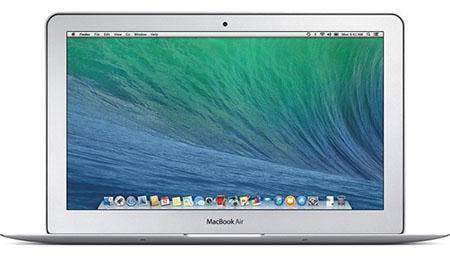It’s time to give your mouse a rest and switch to a graphics tablet and stylus. Long considered the sole province of artist or designer, graphics tablets are also useful tools for the digital photographer. Why did I choose a stylus over a mouse? Keep reading.
If you want to transform your digital images into artistic creations you’re going to need artist’s tools. This image of a Japanese bamboo forest was originally captured with a Canon EOS Digital Rebel and a 16mm lens at ISO 200. The photograph was turned into a colored pencil sketch with a stylus and graphics tablet, but imagine using a mouse to make all of those pencil strokes! I couldn’t. © 2005 Joe Farace
Image enhancement programs such as Photoshop CSX and Photoshop Elements can take advantage of the creative flexibility that graphics tablets offer. If you’re currently using a mouse for burning, dodging, and special effects, here are three reasons why you should switch:
- First, a stylus is more natural to hold than a mouse. Most users will find that using a stylus is more comfortable than using a one-, two-, or three-button mouse.
- Second, the human engineering aspects of working with a graphics tablets can, for some people, reduce the pain caused by carpal tunnel syndrome.
- Lastly, graphics tablets allow more accurate control than a mouse.
The quality of graphics tablets is defined by their resolution, accuracy, and linearity. Resolution measures the number of points per inch a tablet can recognize, and how fine a distinction it makes between adjacent points. Accuracy measures the fidelity of the tablet in reproducing the actual distance being measured versus what happens on screen. Linearity quantifies how much variability there is between the first two parameters mentioned across your field of work.
Image editing software literally screams for you to use a graphics tablet! It is not only much easier to apply the pen and brush strokes possible with a program such as this, but also the results are more natural looking than what you might accomplish using a mouse. More important, if you’re a serious digital photographer, you’ll have more control over the creative process by using a graphics tablet and stylus than chasing a mouse around a tiny mousepad. © 2005 Joe Farace
Graphics tablets contain two parts: The tablet itself and a pen—or stylus—that is used to “draw” on the tablet’s sensitive surface. (Some packages also include a wireless mouse to help you make the transition without experiencing “mousey withdrawal” symptoms!)
The tablet contains a mechanism for sensing where the stylus is positioned on the surface and are available in many designs. The first variable is tablet size, a specification that refers to the active, or usable, area that you can draw on, not the unit’s physical size. The actual tablet size will be slightly larger. Pens come in various configurations with the equivalent of mouse buttons on them. Some pens feature pressure sensitivity (the harder you push, the darker the effect) and erasablity, the ability to remove information as well as add it.
Anything you can do with a mouse, you can do with a stylus and graphics tablet, and there are some things a stylus does much better. One area of clear stylus superiority is cursor placement. Instead of rolling a mouse to locate a cursor, just tap the pen on the tablet and that’s where the cursor appears. Don’t automatically assume a graphics tablet will make a perfect mouse substitute. Make sure the manufacturer includes software that lets the pen emulate your favorite mouse and has an easy, intuitive way to emulate mouse clicks also.
Joe Farace is award-winning photographer/writer who has written or edited 25 books and more than 1500 magazine articles. His newest book, “The Advanced Digital Photographers Workshop” co-authored with Rick Sammon and others, is available from the Bookstore section of www.joefarace.com.




